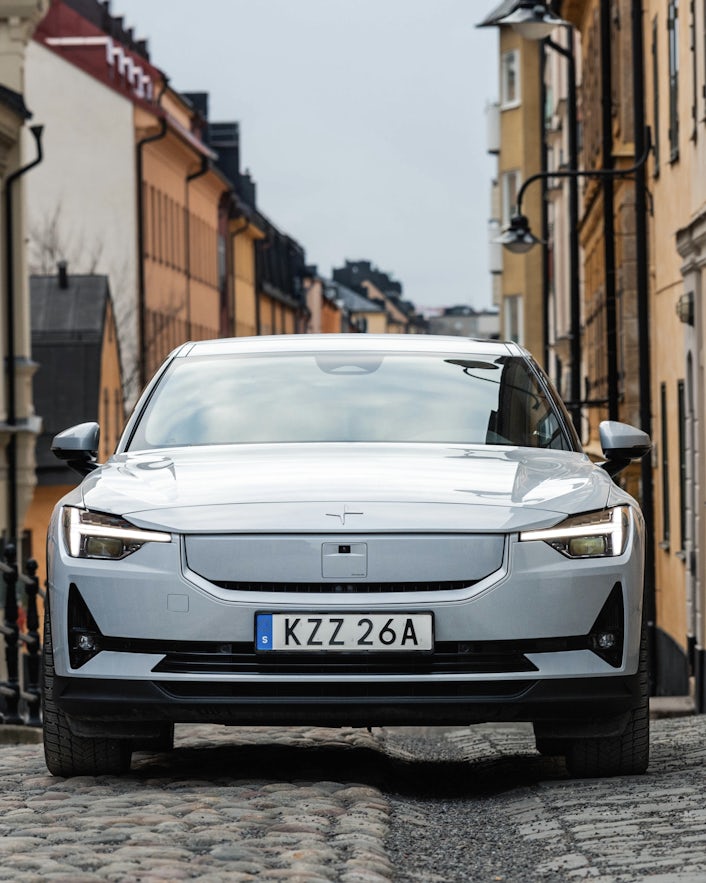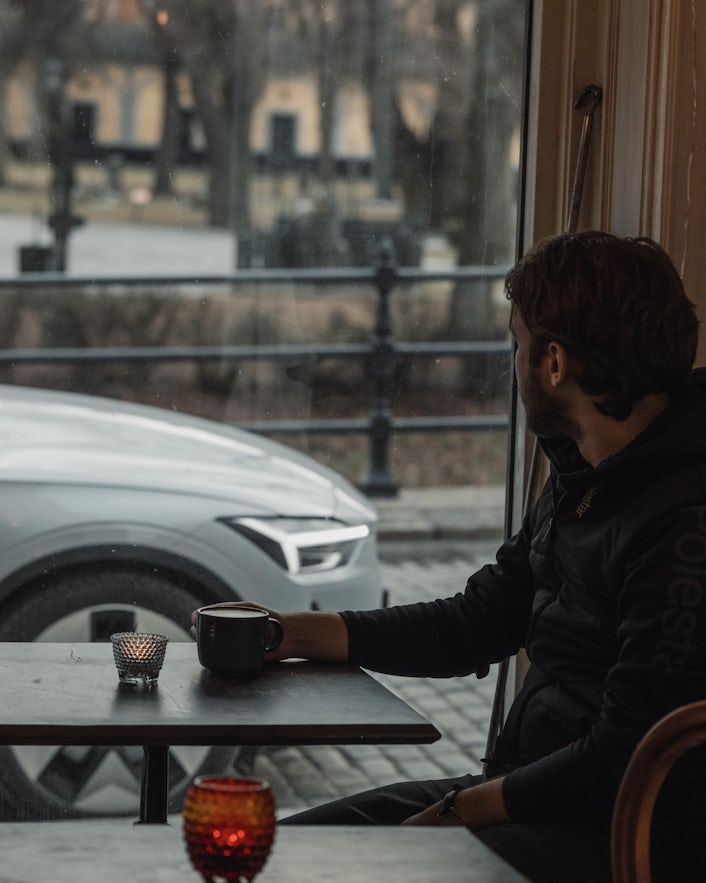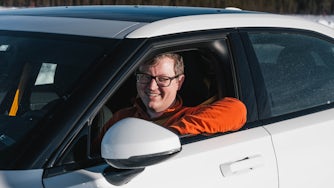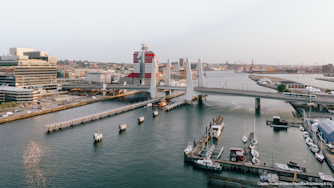How coffee travelled from Ethiopia to Sweden and became a national tradition
Fika is a simple act, yet hard to explain. In essence, it is a break where friends, colleagues, or family gather for a cup of coffee and something sweet to eat. Although coffee should be present, fika is much more about slowing down than it is about drinking coffee and having a snack. It should also not be done alone, as the social aspect is the guiding principle of a fika.
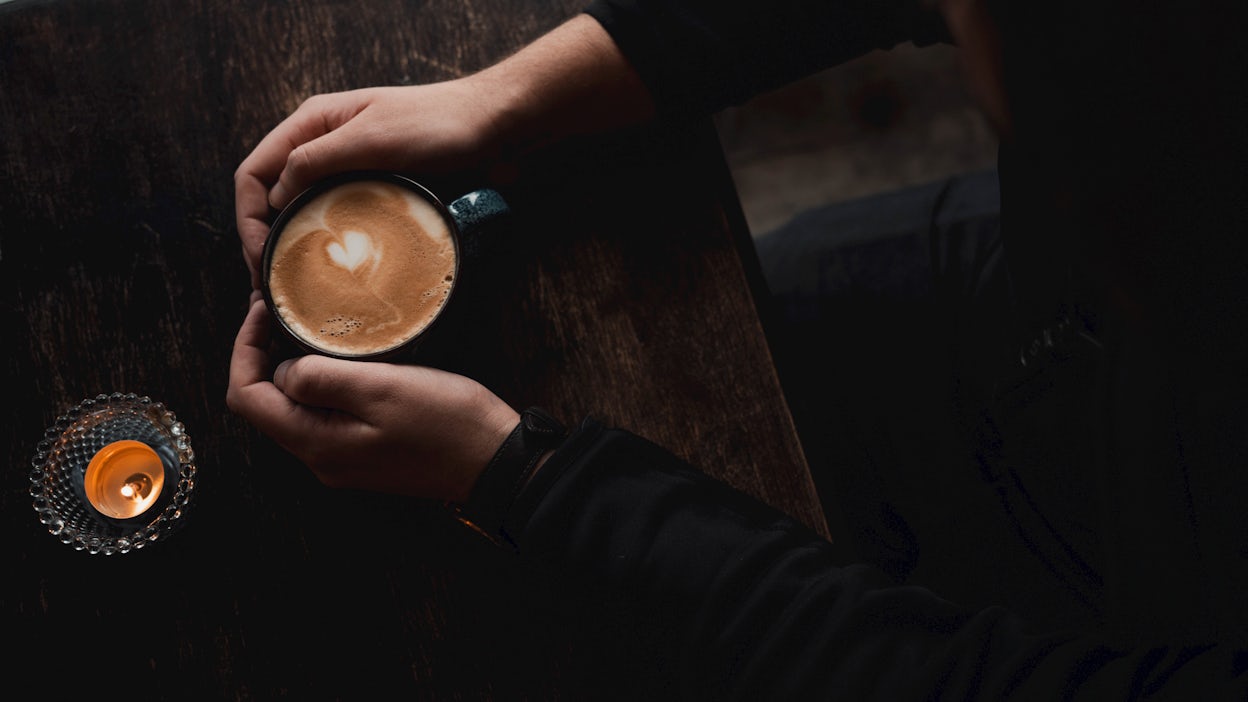
Shepherds and Kings
You can't tell the story of Fika without first telling the story of coffee (the origin of which is shrouded in legend). No one can really say how the almost magical properties of this red berry were discovered. The most famous version tells the story of an imaginative goat herder named Kaldi, who discovered the plant in Ethiopia around 800 A.D.
By the 16th century, coffee had made its way across the Red Sea and spread throughout the Middle East. It was initially used for medicinal purposes but quickly became a popular social beverage. The bean finally reached Swedish shores in 1685, with the first shipment arriving in Gothenburg. From that point, it took only two years for it to become available in pharmacies. Yet, it was still very expensive and, therefore, only consumed by the wealthy.
It was not until King Karl XII (1697-1718) returned from his trip to Turkey in 1715 that coffee truly started to spread in Sweden. On his trip, the King had become so infatuated with this “wine of Araby” that he brought a Turkish coffee maker home with him to Sweden and became a true promoter of the drink. That was enough. If it was good enough for the King, it was good enough for everyone.
Today, Swedes are some of the biggest consumers of coffee in the world. They are only beaten by their Finnish neighbours who drink on average a whopping 3,5 cups a day( amounting to approximately 12kg a year). Although their love of coffee is one of the first things that comes to mind when thinking of a Scandinavian person, you’ve probably never heard of one of their greatest pastimes: the fika.
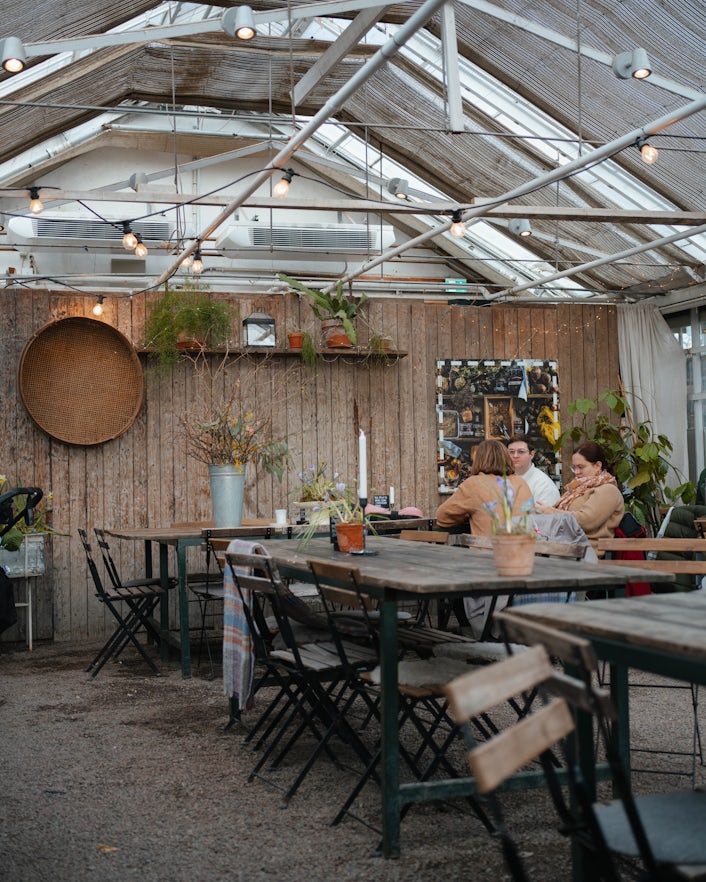
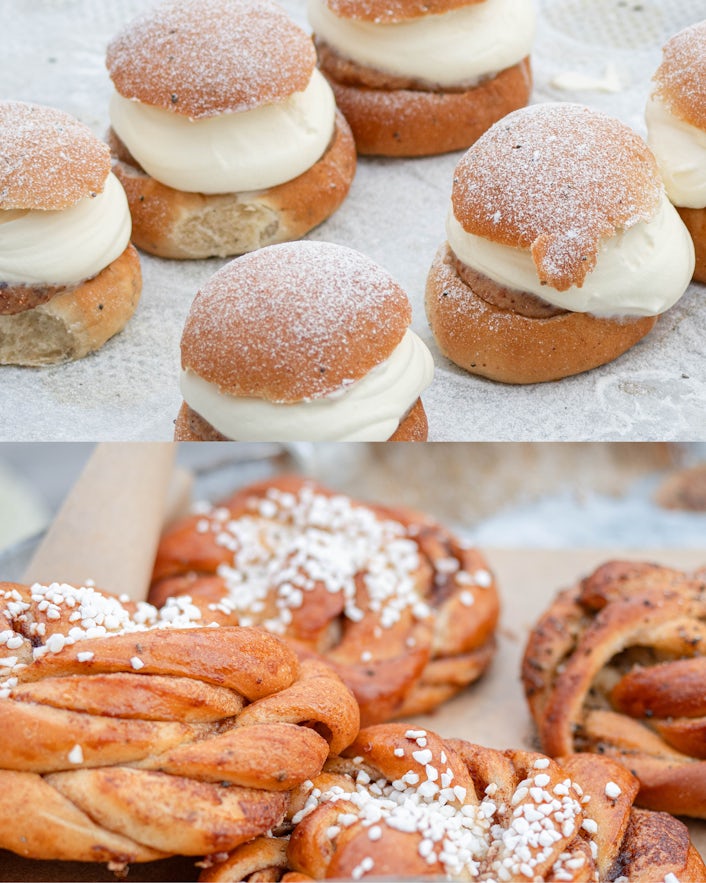
Swedish Fika
First, the basics. A fika could last anywhere between 5 to 50 minutes – or even more. It could be taken between meetings when you bump into your colleague in the break room or at a nice café with your grandma. You can also do it as many times a day as you want.
The tradition of having a fika can be traced back to the early 1900s. Although no one is sure where the word comes from, some say it originates from a secret language where the letters in words are switched around. The Swedish word for coffee is kaffe, and fika is believed to be the word for the distortion of the dialectal word – “kaffi”.
As coffee grew in popularity during the 18th century, it became the common beverage during both formal and informal meetings, as it was more suited to serious conversation and gatherings than alcohol. Women often invited each other over for coffee to get a break from their daily chores, with the occasion often seen as a good opportunity to show off their house and family.
It is hard to say why coffee and fika have become such an ingrained part of Swedish culture. Maybe it’s needed during the cold and dark winter months, or maybe Swedes simply like to take a moment (or many moments) to slow down and have a chat.
But the next time you take a fika, spare a thought for Kaldi, the Ethiopian shepherd, Karl, the Swedish King, and all those others in between who brought these magical beans to life.
